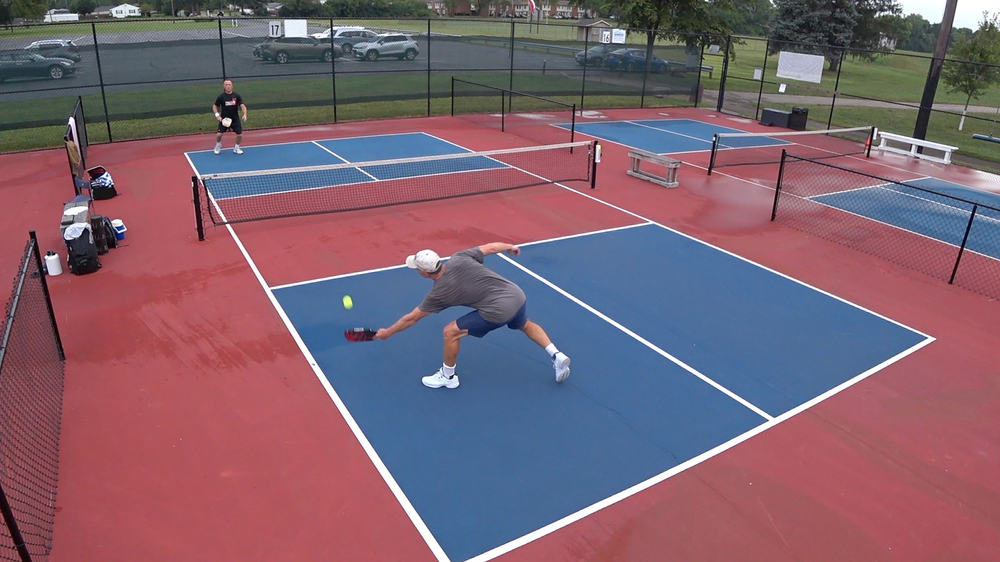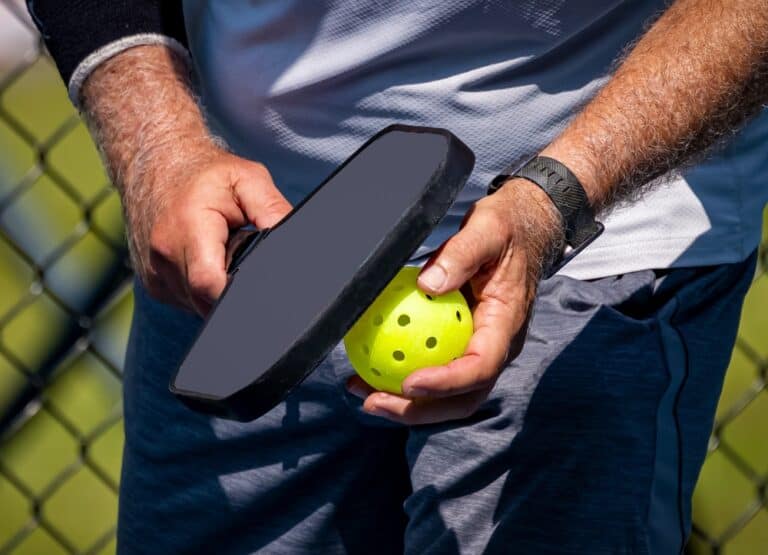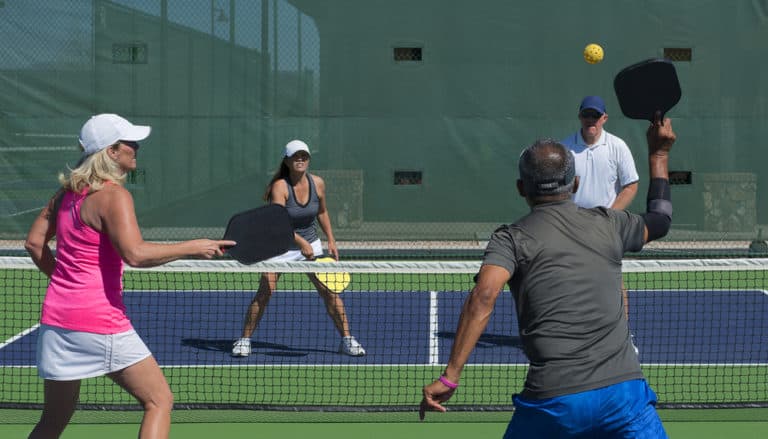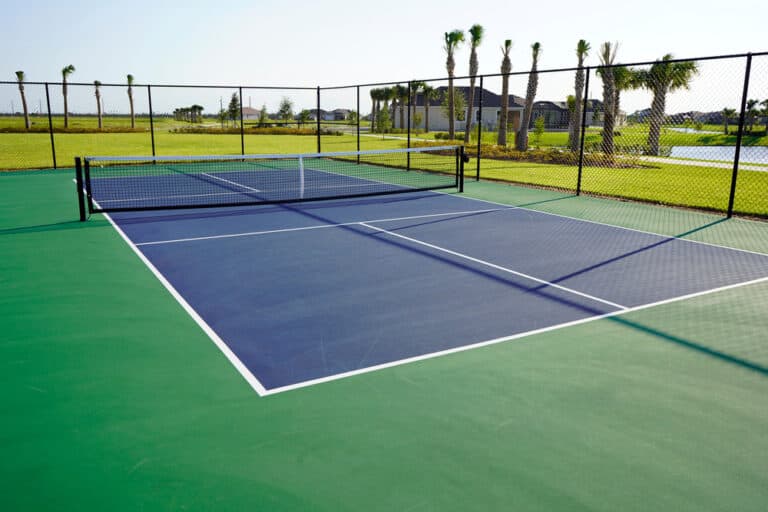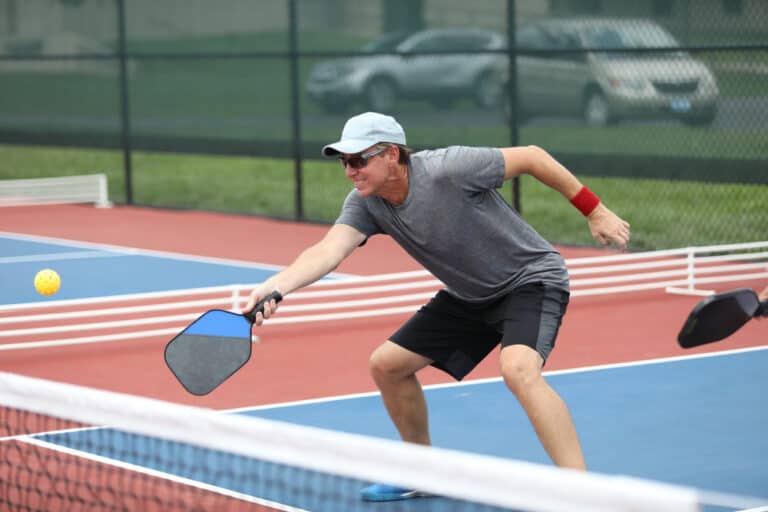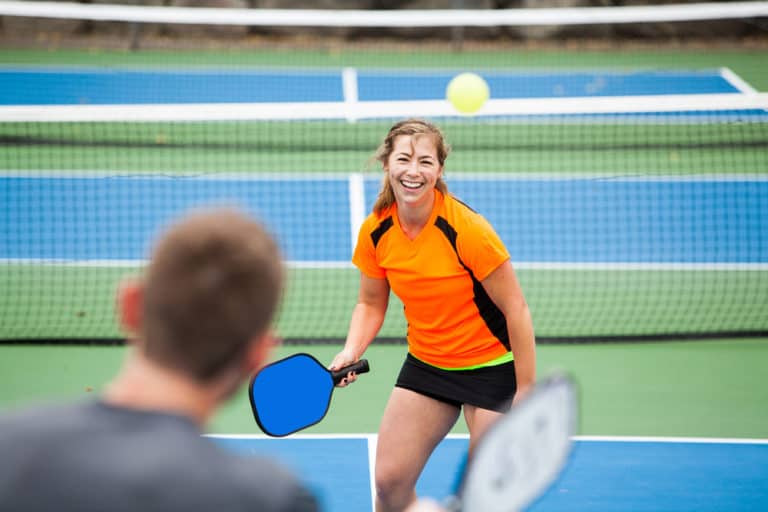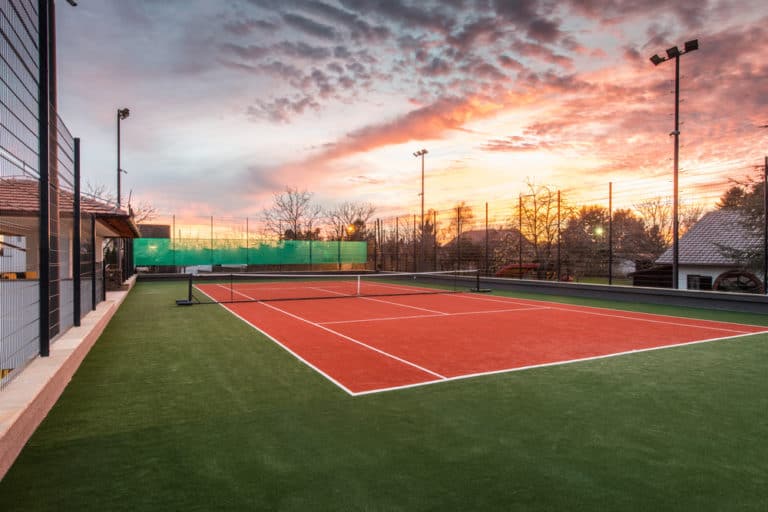How Many Faults In Pickleball?
Pickleball is a game that is ever-increasing in popularity and is played either as singles or doubles, although doubles are more popular. Now for those of us who love the game of pickleball, we first had to get used to the style of play and the rules. And one of the nagging questions is what are the faults, how many are there exactly, and what does it mean if you or your team get a certain amount?
There are as many as 10 faults in pickleball, and these are things that violate the game’s rules or means that play stops. Also, except for the first service of the game, each team is allowed 2 faults before giving the ball to the opposing team, or that team is awarded a point.
There are terms in pickleball that can seem simple, but there is a lot to wrap one’s head around in reality. A “fault” is one of these said terms, and it is, simply put, when someone breaks one of the game’s rules, or the game is caused to stop for a similar reason. So we shall now take a closer look and examine the types of faults, and the number of faults permitted, so be sure to read on.
What Are Some Of The Faults In Pickleball?
As a basic start, if your team is the first to serve the ball in the game, then the player will serve from the right, and only if you ultimately win the rally will you be permitted to continue to serve. Otherwise, if you incur a fault, the ball is handed to the other team, and it is their term to serve. They will then be permitted 2 faults, which will see you winning the chance to serve again.
If you are the serving team and the other team commits faults, then you will win a point, but as mentioned, if you were not the serving team, then they forfeit the serving rights, and you win the chance to serve (and apart from the first service of the game, each teammate gets an opportunity to serve).
So now we will discuss the faults, and we shall examine what these faults might be so that you are entirely aware of what not to do if you wish to stay in the lead within the game. A fault is defined as any actions causing the game to stop due to a breach or violation of rules.
Great, now that we have the basic gist of things, below are a list of possible faults which can be committed by either team (or player):
- Upon serving, the server does not play the ball so that it lands in the receiving area of the court (which would be diagonally from them).
- A service violation is committed (the ball is played overhand; the ball is struck higher than waist height; the ball bounces before being hit).
- If the server or the player receiving the ball hits it into the net, either on the serve or the return. Or if the ball hits the post.
- The ball is played out of bounds – so beyond the area of play.
- Either team, or player, volleys the ball before the double bounce rule has been met (plays the ball before it bounces once on the receiver’s side and then on the server’s side of the court).
- The ball bounces twice consecutively (on their side of the court) before the receiver hits it.
- A player volleys the ball from the non-volley zone (or “kitchen”).
- If a player, their clothing, or a part of the player’s paddle makes contact with the net or posts when attempting to play the ball.
- The ball strikes a player, what they are wearing, or a permanent object before it bounces on the court (note the rule for a “let” below).
The Most Common Faults
Out of all these faults which can be incurred, the 3 which tend to occur the most frequently are:
- The ball is played out of bounds.
- A player stepping (even partly) into the non-volley zone, or “kitchen”.
- The ball is volleyed before the double bounce rule has taken effect.
The Rules Of The Serve In Pickleball And Certain Faults
The service in pickleball is quite different from that in tennis, for example, and there are a few rules that we need to be aware of before we step onto the court. So below, you shall discover the sort of things to bear in mind when it is your turn to serve the ball:
- (As mentioned) the service must be played underhand and not overhand.
- The paddle must connect with the ball below the server’s waist (some would say naval, but this can be difficult to determine).
- There is only one serve attempt permitted unless the ball touches the net and still lands in the correct area of the opposing side’s court (this is known as a “let”, and the serve is replayed).
- The serve must be played with the server’s feet behind the baseline (the server’s one foot or both feet may make contact with the baseline or court only once the ball has been struck).
- The first server will serve, and then their teammate (the second server) will be permitted to serve and continue to do so until they commit a fault and lose the serve.
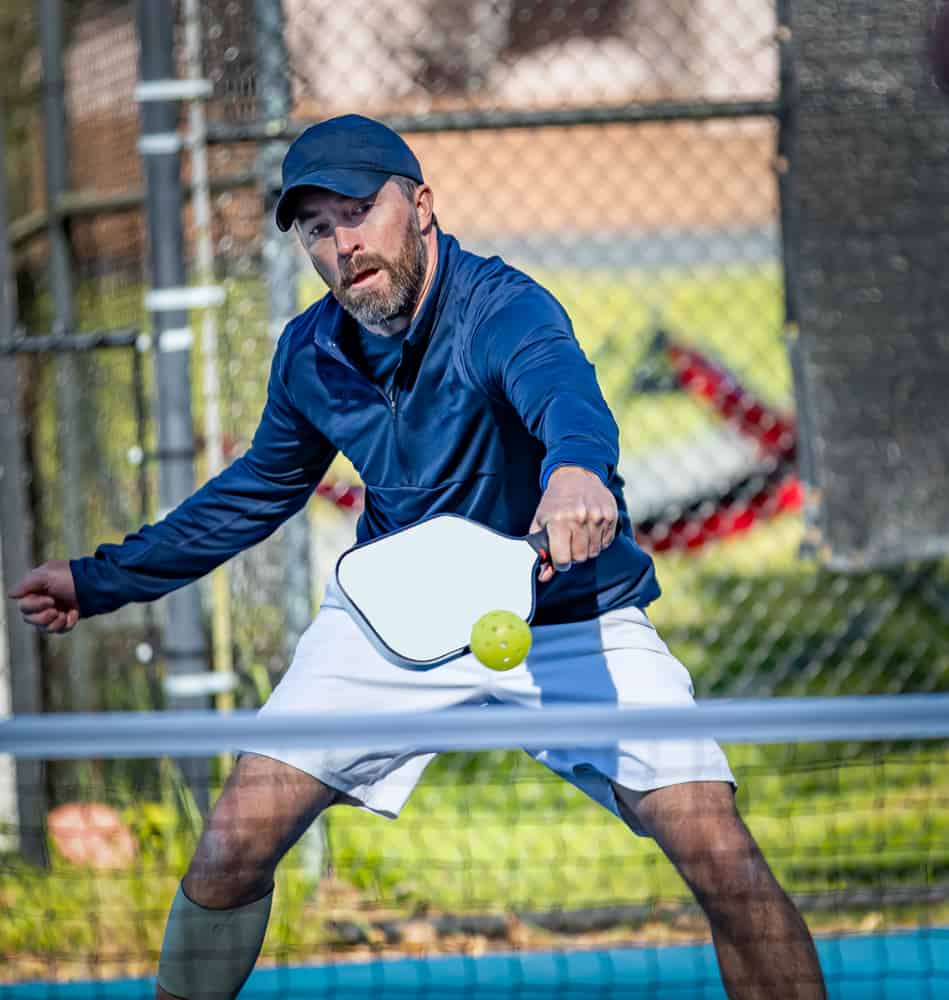
Avoid Faults In Pickleball To Stay Ahead Of Your Opponent(s)
By being aware of the rules above, you will now understand what to avoid. If you have glanced over the faults and burned them to memory, you stand a far greater chance of avoiding breaking the game’s rules. As a beginner player, you may need time to get accustomed to all the ins and outs of the game, but you will now be better equipped.
The best way to learn how to avoid faults is simply by actually putting this knowledge into practice; the more you play, the more you will become familiar with the rules and aware of what means incurring a fault. Some faults are also unavoidable at times, like hitting the ball out of bounds – this can happen to anybody.
However, something like service faults can easily be avoided by simply putting in the work and actually practicing what you have now learned. Over time, as you become familiarized with the game and its rules, your play will ultimately become that much smoother and flawless.
Conclusion
This sport, which is a hybrid of other types such as tennis, badminton, and table tennis, is constantly growing in popularity, and if you are new to the sport, do not be discouraged if your first few games do not go as you would have hoped. Keep practicing and always be mindful of what constitutes a fault, and soon you will be acing your gameplay.
References
- https://recsports.msu.edu/imsports/activityrules/pickleball.html#:~:text=Once%20the%20service%20goes%20to,their%20team%20commits%20two%20faults.
- https://usapickleball.org/what-is-pickleball/ifp-official-rules/rules-summary/
- https://thevolleyllama.com/what-is-a-fault-in-pickleball/
- https://thepickler.com/blogs/pickleball-blog/pickleball-rules-faults
- https://www.pickleball.com/rules-how-to-play-pickleball-s/106.htm
- https://www.cranberrytownship.org/2607/General-Rules-of-the-Game-of-Pickleball

